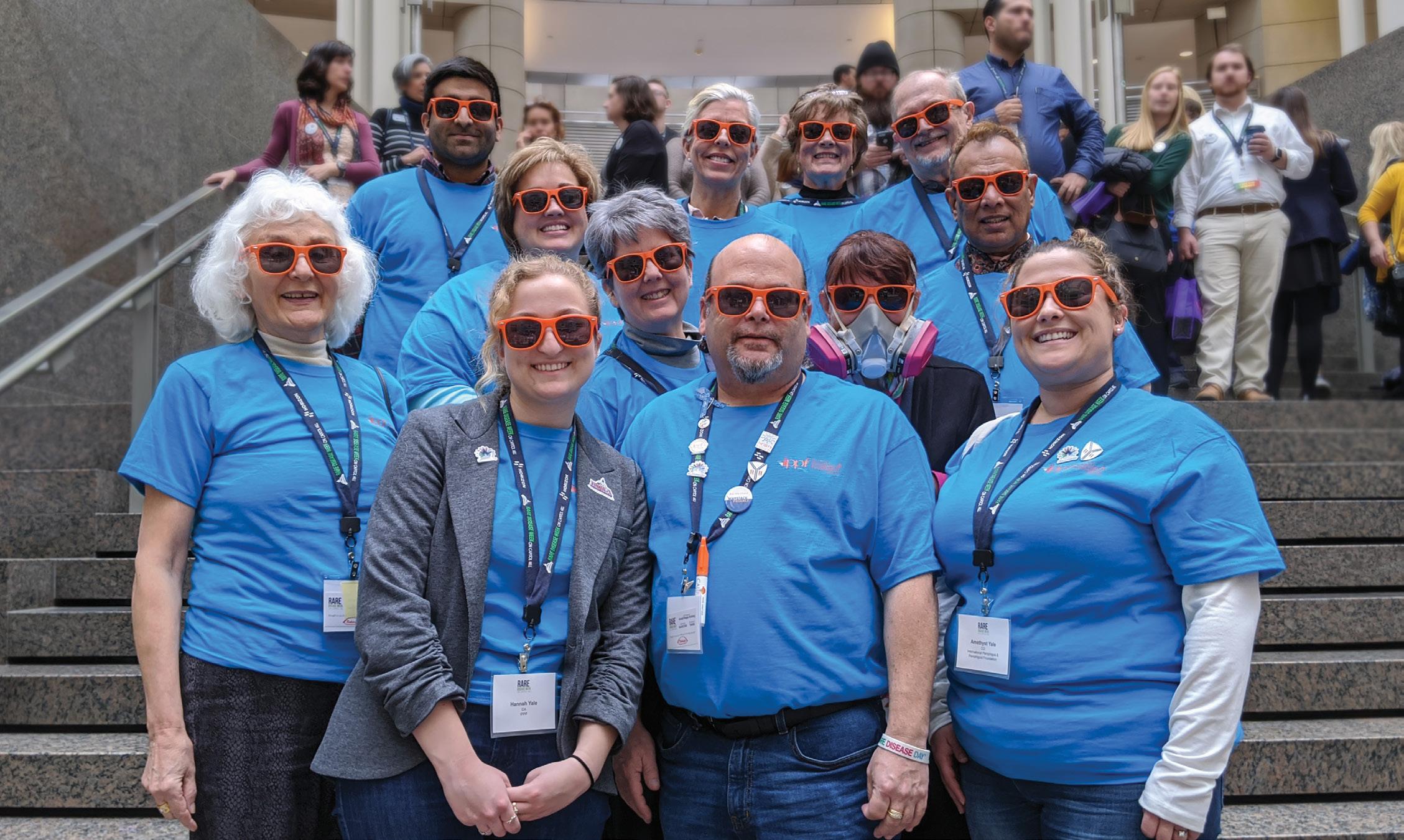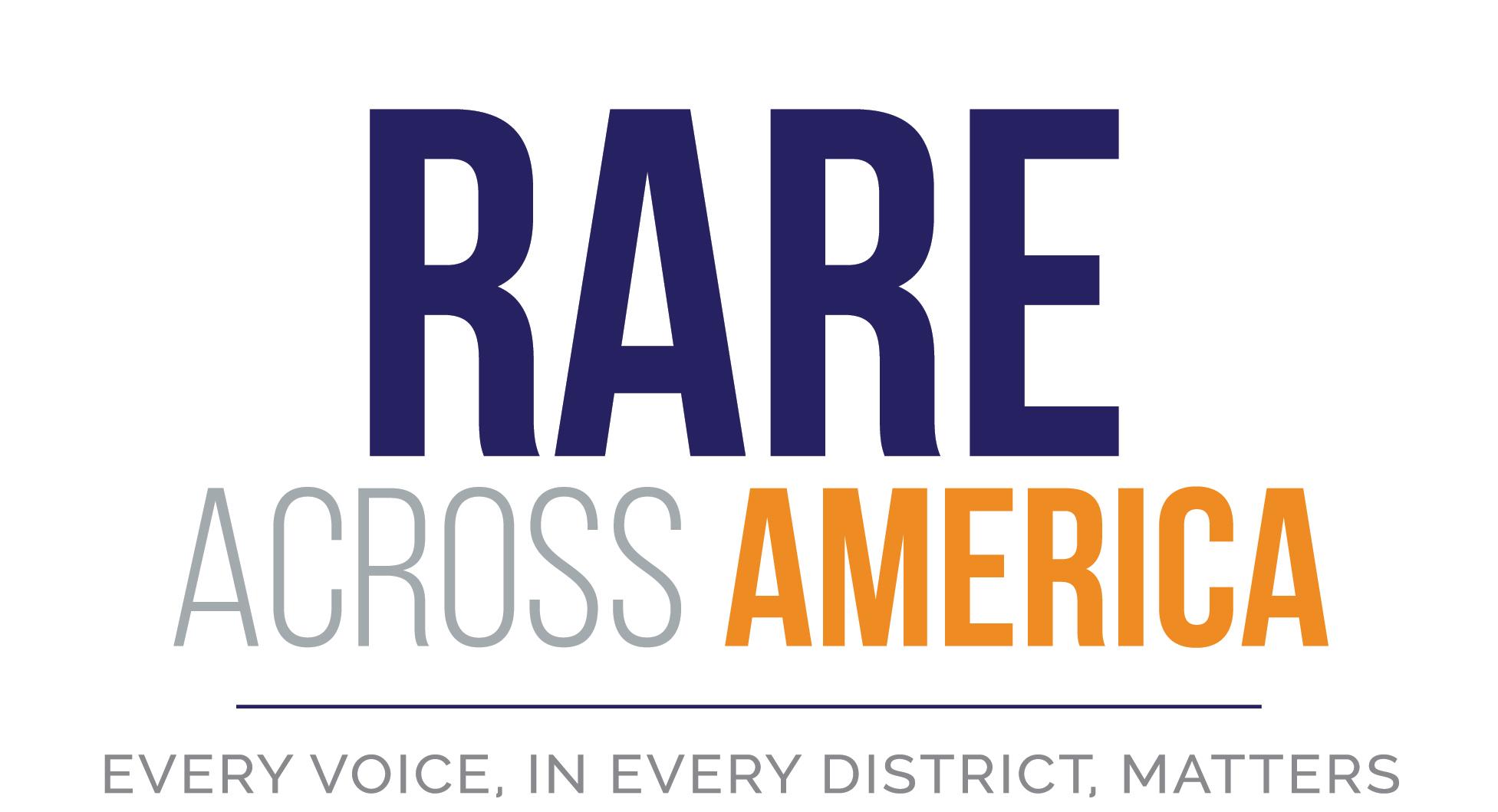
3 minute read
The Impact of the Patient Voice
As a practicing dermatologist that took my board certification exams last summer, I can tell you exactly what proteins are attacked by the body in pemphigus and pemphigoid (P/P). I can tell you the weight of those proteins, their function, and which other proteins they interact with in your skin. I can tell you what medications are recommended for treatment and counsel on reported side effects; however, I have never personally used a single one of them. I care deeply for my patients and their experience, but at the end of the day, I have never lived what they’re going through.
Each year, the annual American Academy of Dermatology (AAD) meeting typically draws thousands of physicians and medical personnel from across the globe. This year, I was scheduled to present on a panel session with Dr. Donna Culton (University of North Carolina), Dr. Annette Czernik (Mount Sinai), and Becky Strong (IPPF Outreach Director and pemphigus vulgaris patient). The content included evidence-based updates and practical clinical tips for management of P/P, challenging P/P cases, and the patient perspective. Unfortunately, this meeting was canceled due to the ongoing COVID-19 pandemic, but the important messages of the session can still be shared.
Advertisement
The patient perspective is one of the reasons I became interested in treating autoimmune blistering diseases and became involved with the IPPF. This is usually my favorite session at the AAD (I have not previously been a speaker for this session). As dermatologists, we have collected the history of many patients with conditions, including P/P. We ask questions like, When did symptoms start? Where do you have lesions? What medications have you tried? When we see patients in follow-up, we ask routine questions. How have you been? Are things better, worse, or the same? Any side effects on the medications? It is an entirely different experience to hear the full story of someone’s experience without worrying about documentation, billing, or treatment recommendations. It allows you to put yourself in someone else’s shoes and think about how devastating these conditions really can be. Hearing Becky’s story changed my career entirely in a positive and wonderful way.
At this year’s AAD session, Becky was also planning to provide patient advice for dermatologists based on her own experience—tips and tricks that we, as dermatologists, likely haven’t ever personally experienced and might not consider. Here is a list of Becky’s tips and tricks:
• For those with oral involvement, buy a children’s toothbrush because they tend to be smaller, rounder, and softer.
• For those with nasal involvement, consider using saline nasal spray or a humidifier in addition to the topical steroids.
• Instead of using tape to hold dressings in place, consider tighter clothing such as a camisole or leggings.
• Blot—don’t wipe—your skin after bathing.
• Counsel patients on the differences between ointments, creams, and gels and which formulations might work well in various locations on the body.
• Try Biotene ® or xylitol products to help keep your mouth moist.
These tips and tricks won’t work for every patient, but they are great examples of real-world, day-to-day advice dermatologists can offer patients. Sessions that incorporate the patient perspective are invaluable opportunities for dermatologists to learn about helping patients treat and live with their conditions.
Additionally, I counsel my patients about the IPPF and their Peer Health Coach program. IPPF peer health coaches are extremely valuable resources for patients. Peer health coaches are P/P patients who are specially trained to help reduce patient anxiety and uncertainty while providing unbiased dis- ease and treatment knowledge. At any time, patients can submit questions to peer health coaches and receive either an email or tele- phone call in response. Coaches can provide a patient experience that dermatologists may not know.
For my fellow dermatologists, when you see your next P/P patient and consider the target protein being attacked by the immune system, how much that protein weighs, and how it functions in the skin, I hope you will also consider soliciting your patient’s expe- rience with their condition. Learn their tips and tricks, and share those listed above. And for patients, please consider sharing your experiences with your dermatologist. You never know how many other patients you might be helping by doing so.
Brittney Schultz is an Assistant Professor of Dermatology and Director of the Autoimmune Blistering Diseases Clinic at the University of Minnesota. She is a staff dermatologist at the Minneapolis VA Medical Center.









